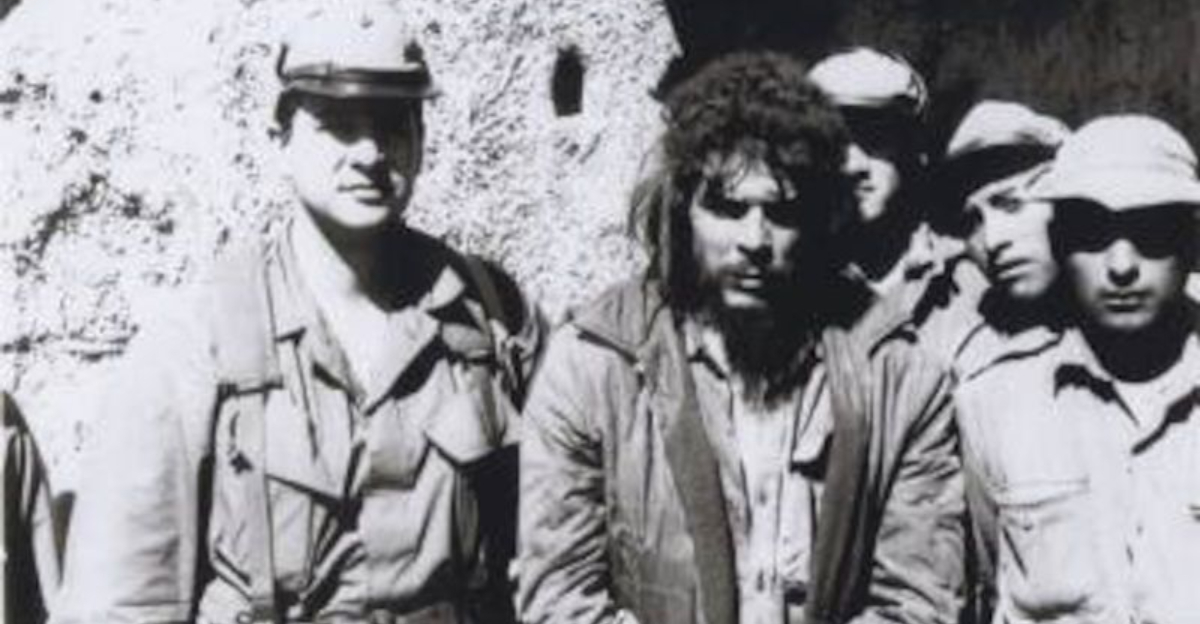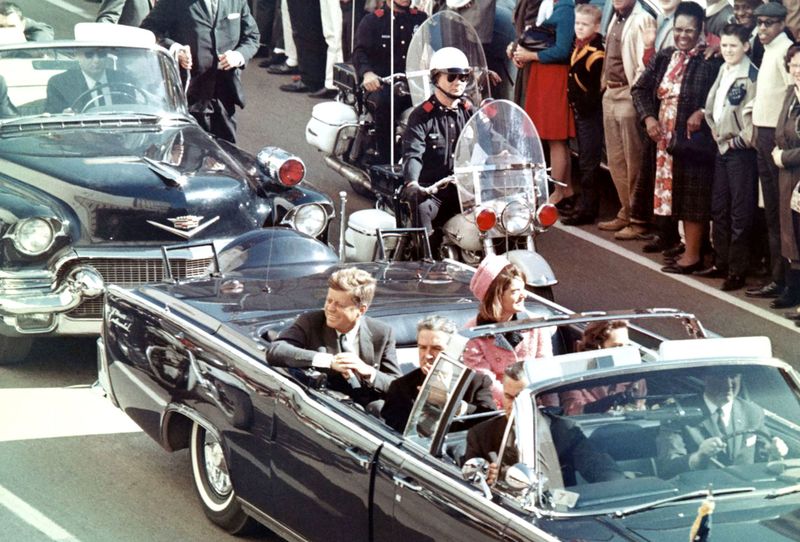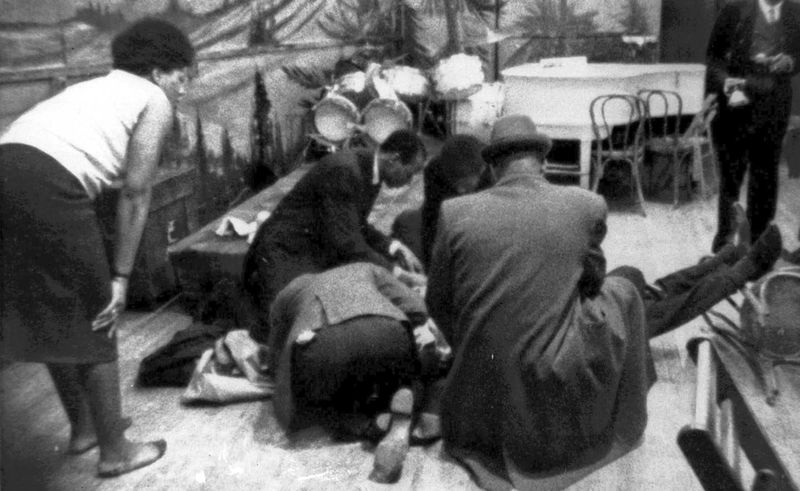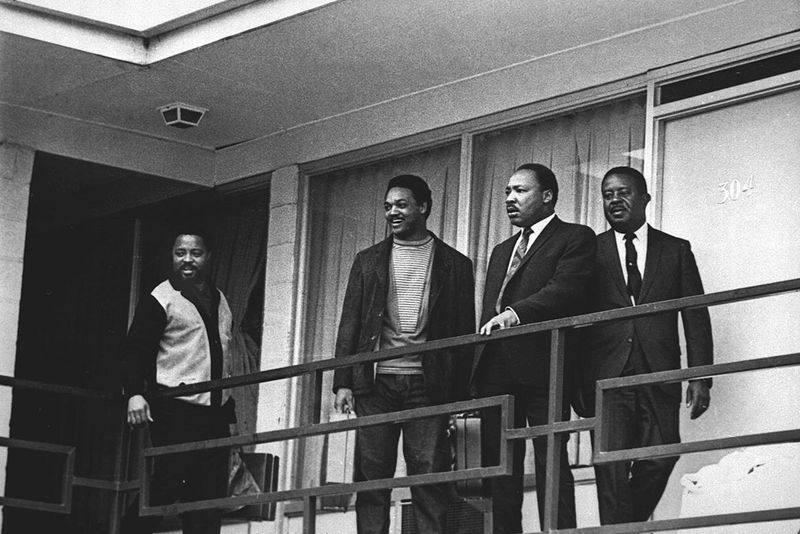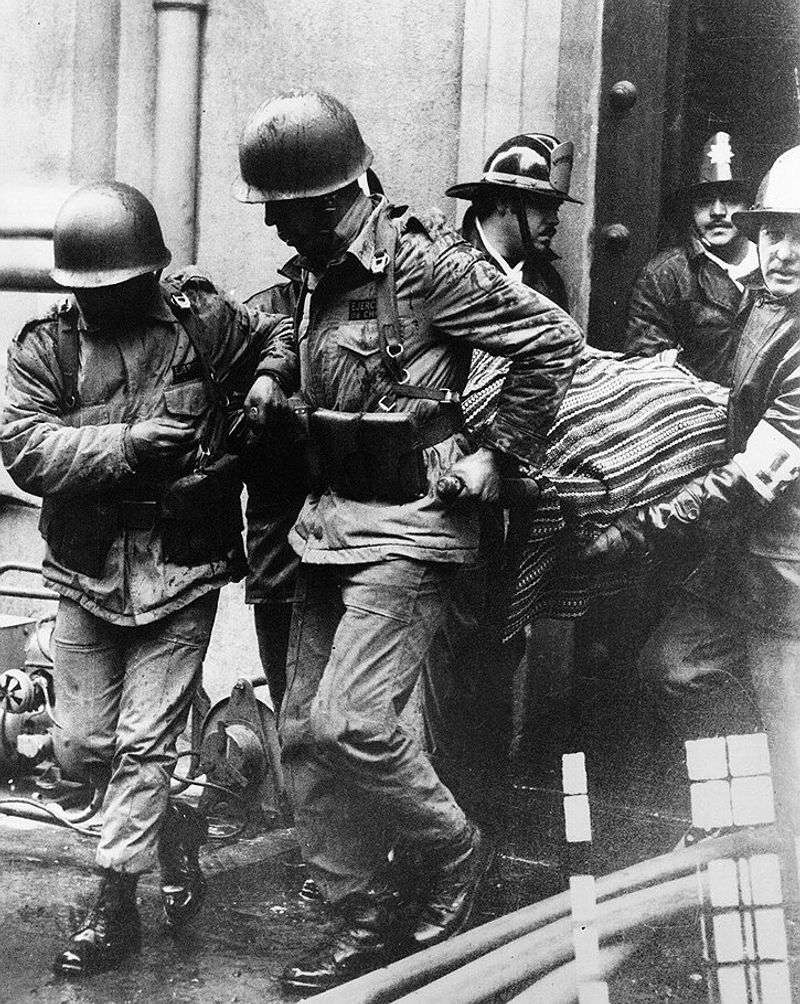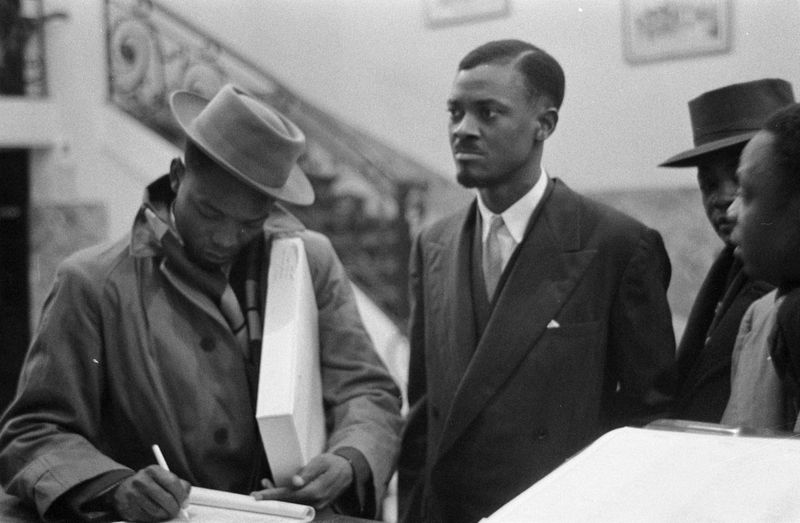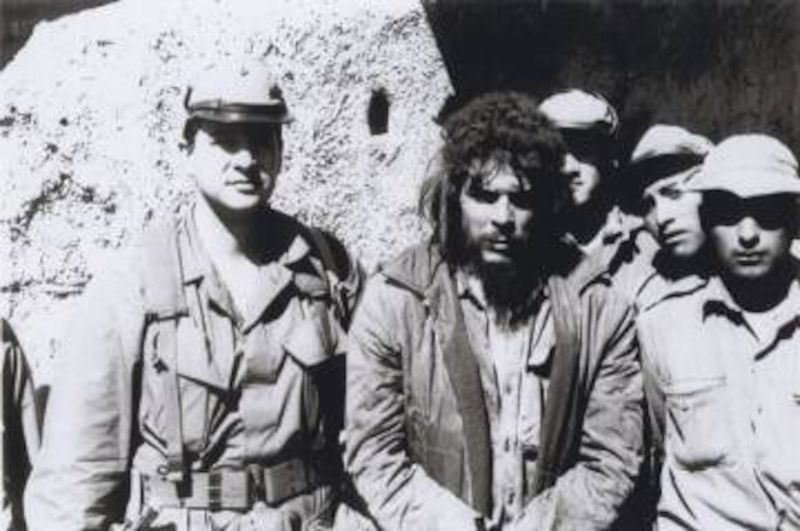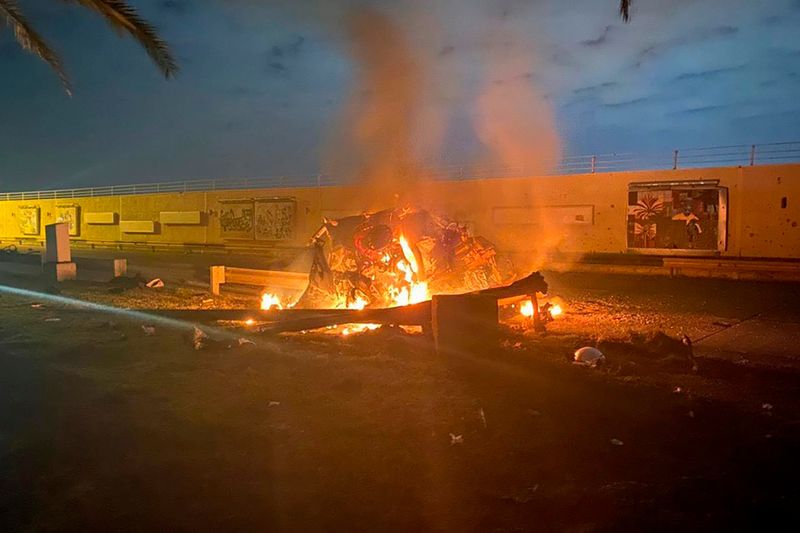Throughout history, the American government has been linked to numerous controversial deaths around the world. These assassinations have shaped global politics, changed the course of nations, and often remain shrouded in mystery despite official explanations. From civil rights leaders to foreign heads of state, these ten cases continue to raise questions about the limits of power and accountability in American foreign and domestic policy.
1. President John F. Kennedy (1963)
The assassination that changed America forever still haunts the national consciousness. Though Lee Harvey Oswald took the blame, a web of inconsistencies suggests deeper involvement from government agencies. The magic bullet theory defies physics. Kennedy’s policies against the military-industrial complex, his plans to withdraw from Vietnam, and his stance on Cuba created powerful enemies within his own government. Even the House Select Committee on Assassinations concluded in 1979 that Kennedy was “probably assassinated as a result of a conspiracy,” contradicting the Warren Commission’s findings. Recently declassified files continue to fuel suspicions rather than putting them to rest.
2. Malcolm X (1965)
Standing at the Audubon Ballroom podium on February 21, 1965, Malcolm X never finished his speech. Gunmen rushed forward, ending the life of one of America’s most powerful voices for Black liberation. Behind the scenes, the FBI’s notorious COINTELPRO program had been working to “prevent the rise of a black messiah.” Agents infiltrated Black nationalist groups, sowed discord between the Nation of Islam and Malcolm X, and monitored his every move. FBI documents revealed decades later show the Bureau had informants within both Malcolm’s organization and among his assassins. The question remains: did they simply watch the assassination unfold, or help orchestrate it?
3. Martin Luther King Jr. (1968)
The bullet that struck Dr. King on the Lorraine Motel balcony silenced America’s greatest civil rights voice. What many don’t know is how deeply the FBI had targeted him. J. Edgar Hoover’s personal vendetta against King included wiretapping his phones, bugging hotel rooms, and even sending him an anonymous letter suggesting he commit suicide. The Bureau labeled King “the most dangerous Negro in America” as he pivoted toward economic justice and opposition to the Vietnam War. A 1999 civil trial brought by the King family concluded government agencies were complicit in the assassination. The jury unanimously found that James Earl Ray did not act alone, but as part of a conspiracy involving government officials.
4. Fred Hampton (1969)
Fred Hampton never woke up. At just 21 years old, the charismatic Black Panther leader was drugged by an FBI informant before Chicago police stormed his apartment at 4:30 AM, firing 99 shots while he slept. Hampton had been uniting Chicago’s diverse communities against poverty and police brutality. FBI Director J. Edgar Hoover considered this coalition-building particularly dangerous, marking Hampton for neutralization under COINTELPRO. Court documents later revealed the FBI provided detailed floor plans of Hampton’s apartment to the police raid team, highlighting where he slept. Survivors described the raid not as an arrest attempt but as an execution, with officers firing directly into Hampton’s bedroom without provocation.
5. Salvador Allende (1973)
Radio waves carried Salvador Allende’s final words across Chile as military forces surrounded the presidential palace. “Long live Chile! Long live the people! Long live the workers!” Minutes later, the democratically elected socialist president was dead. Behind the scenes, Richard Nixon had ordered the CIA to make Chile’s economy “scream.” American intelligence agencies funneled millions to opposition groups, orchestrated economic sabotage, and ultimately supported General Augusto Pinochet’s bloody coup. Declassified documents revealed Henry Kissinger’s infamous statement: “I don’t see why we need to stand by and watch a country go communist due to the irresponsibility of its people.” The coup ushered in 17 years of brutal dictatorship, with thousands tortured and disappeared.
6. Patrice Lumumba (1961)
Only 67 days after Congo gained independence, its first democratically elected Prime Minister was overthrown. Patrice Lumumba’s fatal mistake? Seeking Soviet assistance after Western powers withdrew support. CIA documents released decades later confirmed Director Allen Dulles authorized Lumumba’s assassination, approving a payment of $100,000 to carry out the deed. The agency even developed a special poison to be placed in his toothpaste. Though Belgian forces ultimately executed Lumumba, American complicity was clear. President Eisenhower had explicitly approved his elimination in an NSC meeting. Lumumba’s body was dismembered and dissolved in acid to prevent his grave from becoming a shrine to Congolese independence.
7. Che Guevara (1967)
“Shoot, coward. You are only going to kill a man.” These were reportedly Che Guevara’s final words before Bolivian forces executed him in a schoolhouse. The iconic revolutionary’s death was no coincidence. CIA operatives tracked Guevara through the Bolivian mountains for months. Agent Felix Rodriguez was present at Guevara’s capture, interrogating him before his execution. The order to kill came directly from Bolivia’s president after consultation with the CIA station. After death, Guevara’s hands were cut off to confirm his identity through fingerprints. The CIA wanted proof their mission was complete. Ironically, his death transformed Guevara from revolutionary leader to eternal symbol of resistance, his image reproduced on millions of t-shirts worldwide.
8. Ngo Dinh Diem (1963)
South Vietnam’s president fled to a Catholic church seeking sanctuary. Hours later, Ngo Dinh Diem and his brother were forced into an armored personnel carrier, hands bound behind their backs. They would never emerge alive. Three weeks earlier, Henry Cabot Lodge arrived as the new U.S. Ambassador to Vietnam with secret orders: prepare for Diem’s removal. The Kennedy administration had grown frustrated with Diem’s authoritarian rule and inability to counter communist insurgents. Cables between Washington and Saigon show American officials gave the green light to coup plotters. When news of Diem’s murder reached Kennedy, he reportedly turned pale with shock. The assassination created a power vacuum that ultimately pulled America deeper into the Vietnam War.
9. Osama bin Laden (2011)
“Geronimo, EKIA” – Enemy Killed In Action. With those words, SEAL Team Six announced the death of America’s most wanted terrorist. The midnight raid on bin Laden’s Pakistan compound ended a decade-long manhunt. Questions surfaced immediately. Why was bin Laden buried at sea within 24 hours? Were there orders to kill rather than capture? Some team members later claimed bin Laden was unarmed when shot, contradicting initial reports. Pakistani officials were never notified of the operation, violating sovereignty. The Obama administration justified the killing as an act of war rather than assassination. Regardless of terminology, the operation represented a targeted killing authorized at the highest levels of government, raising legal questions about executive power.
10. Qasem Soleimani (2020)
A Reaper drone hovered silently over Baghdad International Airport on January 3, 2020. As Iranian General Qasem Soleimani’s convoy departed, Hellfire missiles reduced the vehicles to twisted metal, killing Iran’s second most powerful figure instantly. President Trump personally authorized the strike without congressional approval or consultation with allies. The administration initially claimed Soleimani was planning “imminent attacks,” though this justification shifted repeatedly in subsequent days. Legal scholars worldwide condemned the action as an assassination prohibited under international law. The UN Special Rapporteur on extrajudicial killings concluded the strike was “unlawful.” Iran responded with missile attacks on U.S. bases in Iraq, bringing the nations to the brink of open war.
